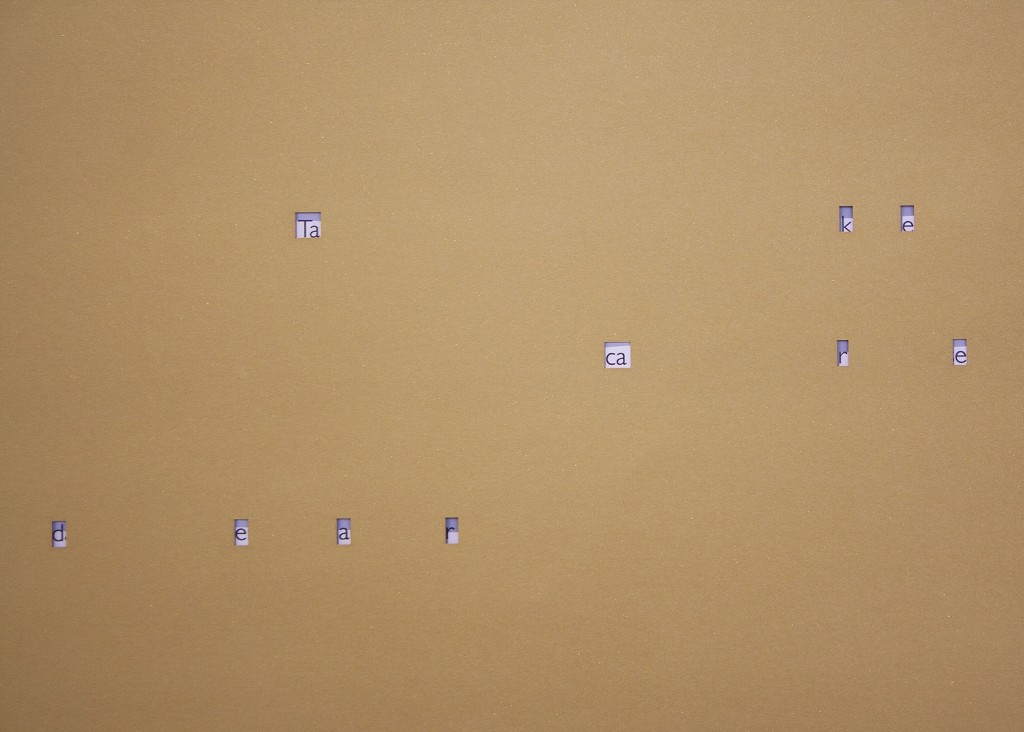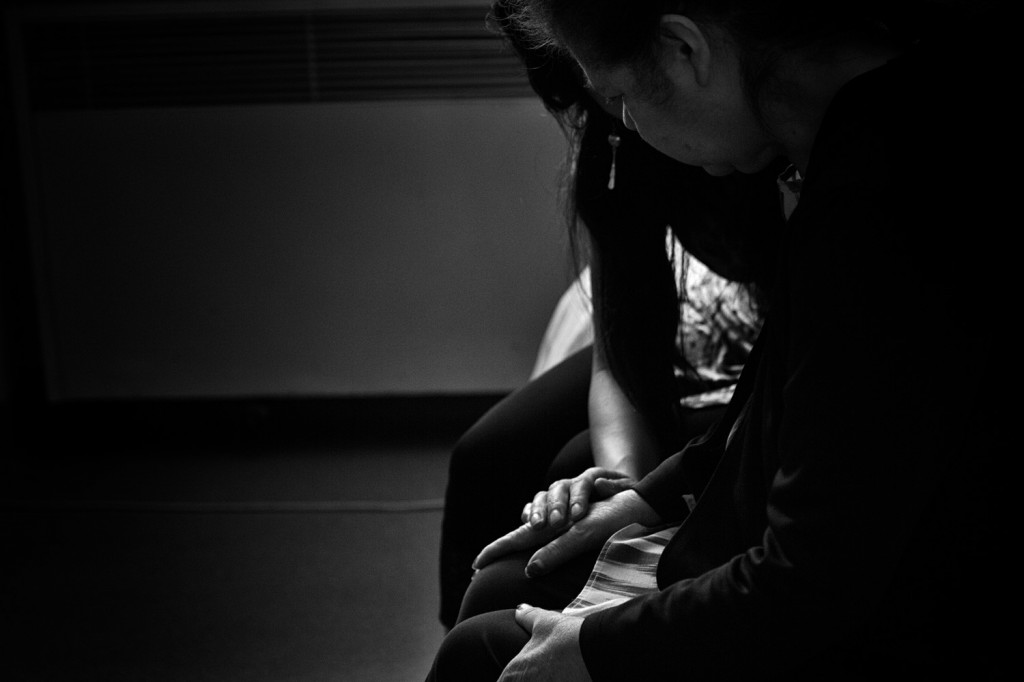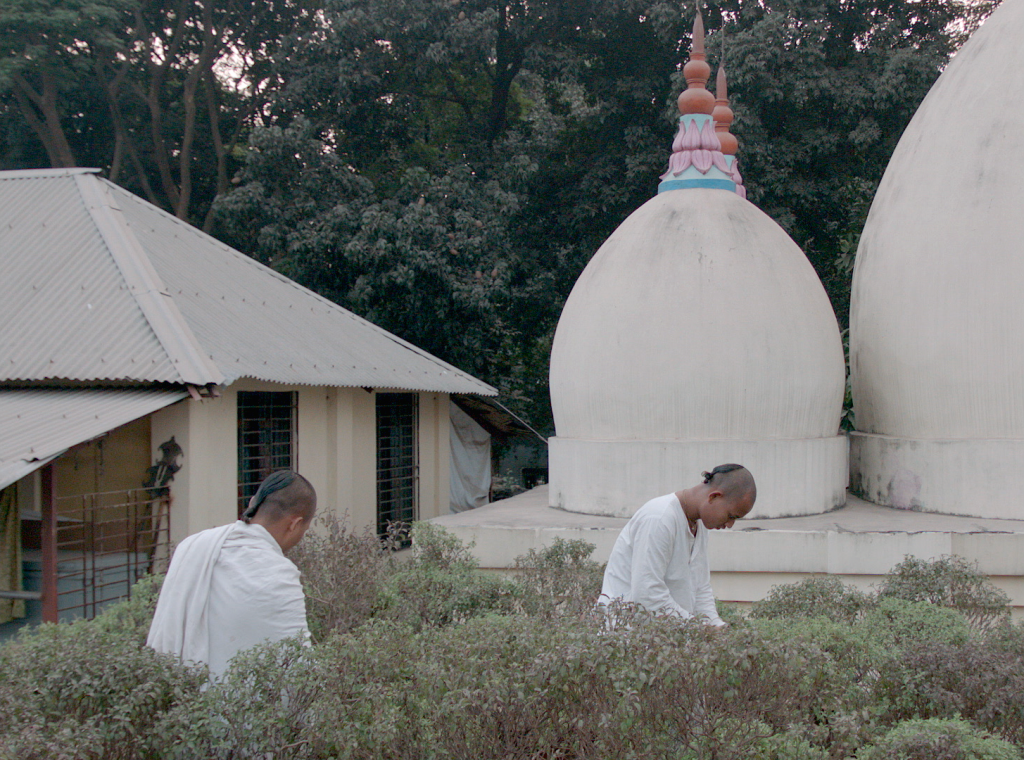
Elders, whose experience and gestures are strangely familiar and foreign at the same time, intrigues me. Step into your memories for a moment. Imagine when you were a child and your grandparents spoke to you in a language, no, a dialect that even your parents sometimes struggled to understand. Later in life you come to realise that these sounds together form a language that belongs only to the elders. Or that tiny hand gesture that your grandmother made, waving the fly away while preparing a family meal in the kitchen. Perhaps now the image of that gesture slips through your mind when you prepare your meals.
Despite being fragmented, these small passing moments usually find a way to live through generations, as memories, as understandings, as languages. It is as though we are living to prolong these moments, until they evolve with time and be passed on to the generations to come.
Gestures, as languages, pass on from one generation to another. In this edition, woven together is a visual arts journey that steps through such process. How does language, gesture, or memory evolve through loss and gain, abandon and retrace, for it to extend its meanings beyond elders’ speech?
Daniela Rodriguez’s ‘Silent Memories’ is a documentary project that captures the loss of language of migrant elders suffered from dementia. It is not uncommon for migrant elders in Australia to lose their ability to speak English (or other second/third language) from amnesia. Beyond losing one’s ability to communicate, Rodriguez’s project reveals that with the loss of language, there’s also the loss of cultural memories. Exploring the issue from political, cultural and personal points of view, the project echoes the fleeting moments of life and our limits to preserve, or the ability to fully untangled the complexity of multilingual memories.

Explores similar issues on the scale of a generation, Mayu Kanamori’s photo essay on Japanese collective amnesia offers a historical perspective of Japanese history in Australia. Drawing parallels between photographer, inventor and entrepreneur Yasukichi Murakami who arrived in Australia in 1897 and the artist herself, who made a similar journey to Australia from Japan 84 years later in 1981, Kanamori juxtaposes archival images with images from her journey to retrace the story of Murakami as a way to reflect on post-war Japanese diaspora.
Listen, collect and reflect, the process of understanding moments from elders and ancestors is often transformed into religious or cultural rituals. In an interview with Sydney-based artist Leyla Stevens, we speak about gestures, rituals and performances and how they often ‘migrate from one generation to another’. As an Australian-Balinese artist, Stevens’ video installation ‘Ngendag/Rise Up’ (2010-2014) documented the Hindu-Balinese final cremation ceremony of the artists’ relatives as the beginning of an investigation of rituals that informed her practice. Often focuses on the negotiation of cultural differences, Stevens’ performative, screen-based practice translates and evolves gestural languages into symbolic forms and back to the flat surface of the screen, another language that we – the younger generation – are so accustomed to. By actively translating these gestures, they transcend their generational meanings and are re-negotiated with new meanings, often with greater relevance.
‘Gesture is language, but unlike a spoken one, I think it offers a greater possibility of subjectivity.’ — Leyla Stevens
Distilling these concepts into durational filmic works, Australian-Bangladeshi artist Omar Chowdhury explores the multifaceted and reflective narratives of contemporary life in Bangladesh. Gestures, rituals, symbols — all stitched together into a continuous and metaphorical body of film works that subtly challenge the conception of time, objectivity and spirituality. Despite breathing a sense of stillness into his viewers, Chowdhury’s work is both immersive and disruptive, forcing the viewer to question and reflect your state of being. Taking his viewer beyond the formalised language of speech, our interview with Omar Chowdhury takes us back to the core of this visual arts edition — the regeneration of language, be that spoken, performed or memorised. From near to far, close to distant, in body, mind and concept our elders live through the language that we use. It is only through the process of retracing that we discover what lied before us evolves, informs and becomes who we are. Sometimes in echoes of the chaotic ceremonies, sometimes in absolute silence.
And it lives on. As we too, evolve our own speech, gestures and rituals for the generations to come.


